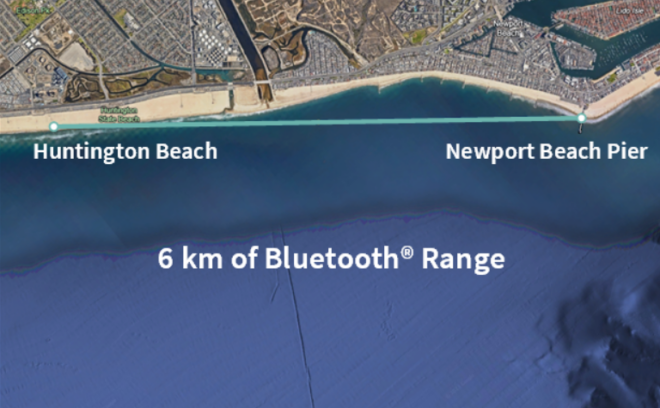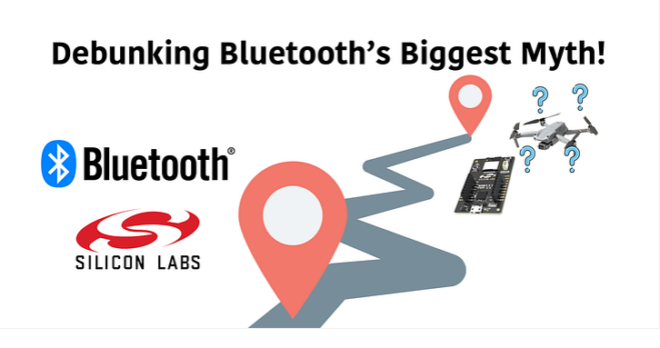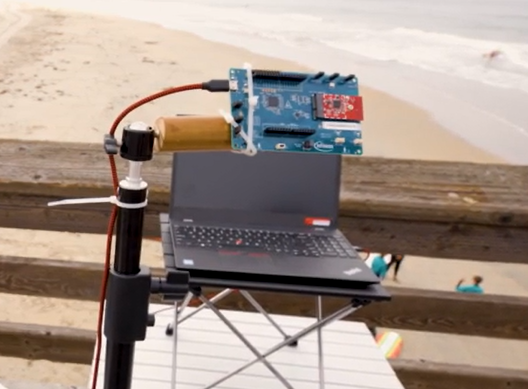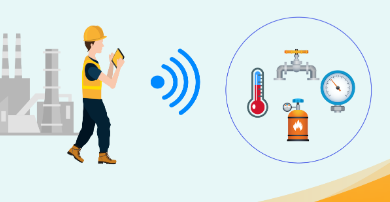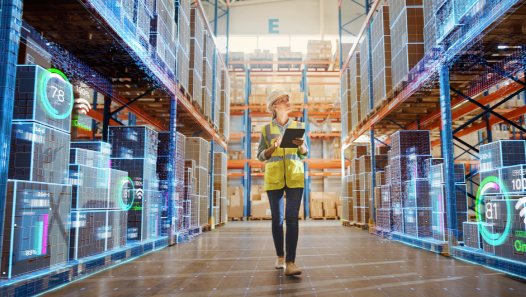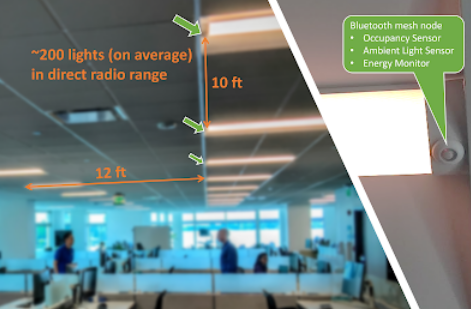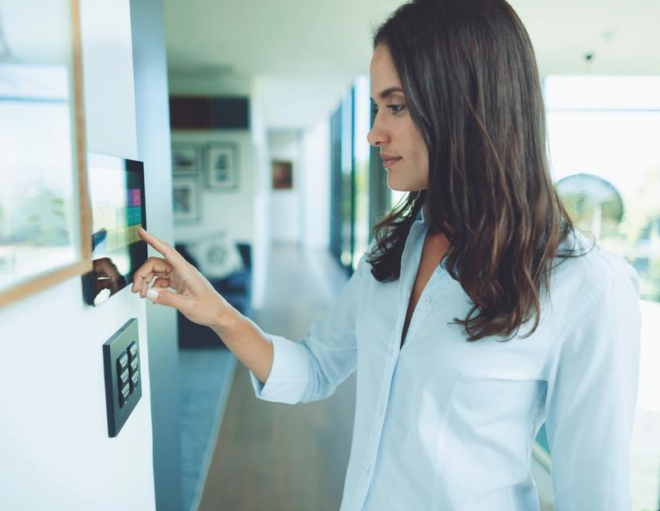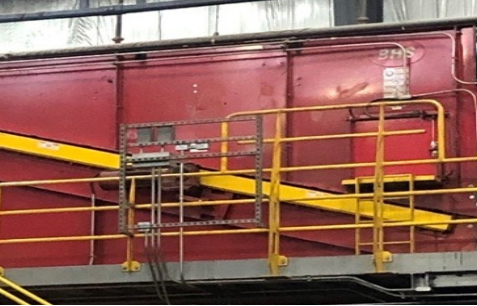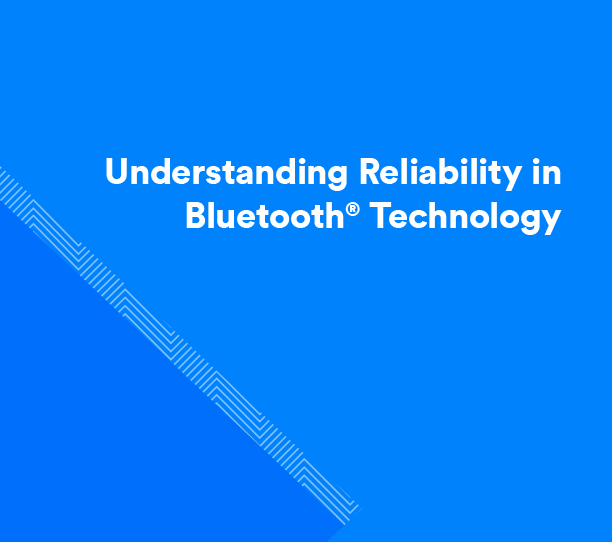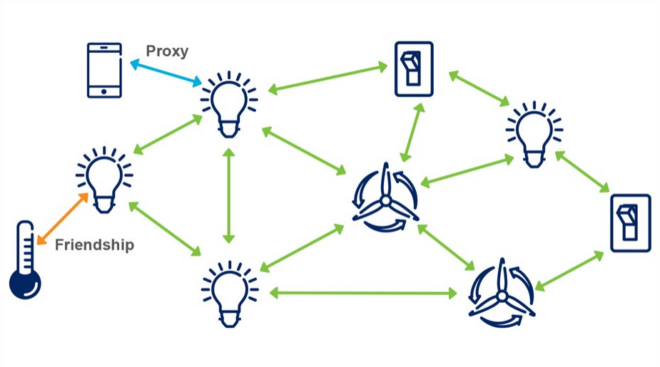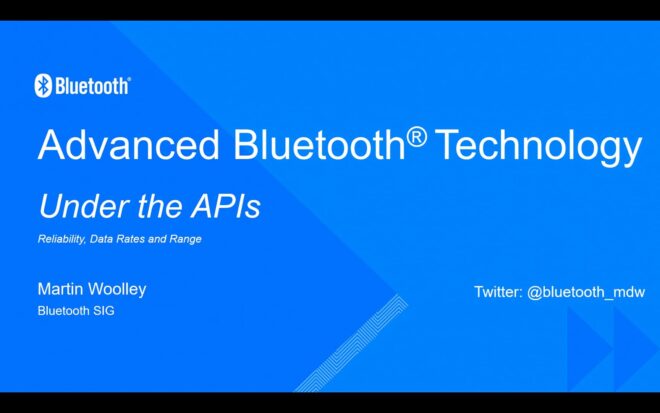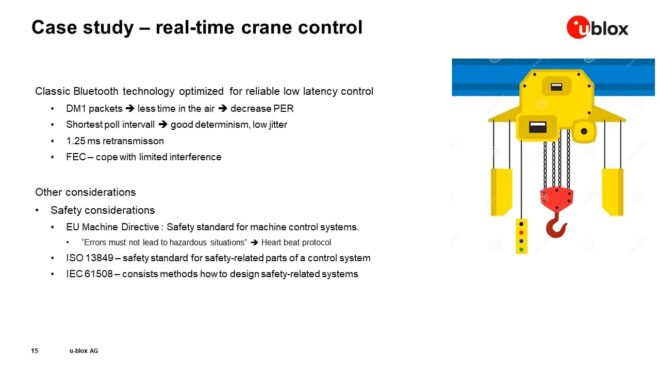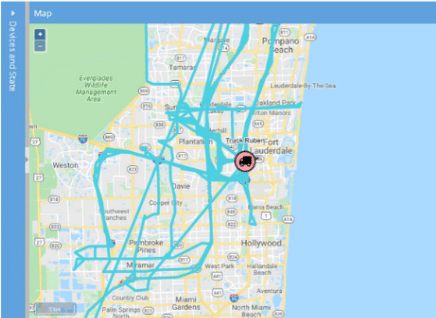The success of Bluetooth® technology in the wireless communication industry is illustrated by its expansion beyond traditional, simple data transfer and audio applications. Despite the myth that Bluetooth is designed exclusively for short-range communication, the LE Coded PHY approximately quadruples the previous range covered by Bluetooth technology, opening up the potential for new applications.
I recently spoke with Masuto Nishiura from Kozo Keikaku Engineering on how their smartphone-based Bluetooth Data Transfer solution utilizes long-range functionalities to solve problems in the market. Furthermore, we talked about how Bluetooth technology improves the reliability of wireless communications and mitigates interference, which is one of the biggest data transfer challenges for any wireless technology.
“Bluetooth® is unique in the way it uses technologies like adaptive frequency hopping and MIC that enhance reliability without adversely affecting power consumption.”
– Masuto Nishiura, Kozo Keikaku Engineering
Q&A with Masuto Nishiura

How are you using Bluetooth technology to create a long-range communication solution?
There is a need out there for a means of sharing information between local authorities and their residents and between residents themselves when a disaster strikes and disrupts mobile networks and internet access. We would like to create an information-sharing environment that uses the smartphones and tablets we already use on a daily basis instead of dedicated communications equipment designed to address such a situation.
We are developing a software library called Relay-by-Smartphone® that transmits information by relaying communications between passing smartphones. We are also developing a solution that uses Relay-by-Smartphone® to transmit information during communications blackouts. We use Bluetooth® Low Energy (LE) to enable device-to-device communications between passing smartphones and are currently testing the performance of the long-range LE Coded function.
Since 2012, we worked with Tohoku University and started leveraging this technology in 2017. While under initial development, the technology supported only Android smartphones and tablets. But, in 2017, we added iPhone/iPad support and started providing it as a standard smartphone solution.
How does Bluetooth LE support your long-range communication solution?
Battery consumption was a major issue when we were using Wi-Fi or Bluetooth® Classic, but with Bluetooth LE this is no longer a problem. Also, with earlier versions of Bluetooth technology, single-hop communication range between smartphones is 70 meters at most in a clear space. Applying this to the real world, the range outdoors would be a distance at which you could see the other party, and the range indoors would be the next house or next building at most. In other words, usage scenarios are limited.
The way Bluetooth LE Coded function extends the feasible communication limitations promises to enable a much broader range of usage scenarios. With a smartphone that supports the Bluetooth LE Coded function, that range increases to about 200 meters. The maximum range that we have confirmed at present is 320 meters.
Why did you decide to use Bluetooth technology?
When we first looked into device-to-device communications, we tried Wi-Fi ad-hoc mode. The problem was that this required modifying the smartphone OS itself, making it difficult to deploy as a commercial app. So as a next step, we tried Wi-Fi Direct, but this doesn’t support iPhone/iPad, again making it difficult to deploy as a commercial app. That’s why we switched to Bluetooth® technology, which enables connectivity even in a mixed environment of Android devices and iPhone/iPad. Another factor we considered is the critical issue of battery consumption as an app designed for use in disasters. That’s why we switched from Bluetooth Classic to Bluetooth LE.
![]()
FEATURED TOOL
The Bluetooth Range Estimator
Calculate the expected range between two Bluetooth devices.
Do you have any test cases or practical implementation initiatives that you could tell us about?
In 2019, demonstrations of the technology were conducted in Nankoku City, Kochi Prefecture, and Hyuga City, Miyazaki Prefecture. And 24 additional municipalities will begin to introduce the system this year for experiments, including Taiki Town (Hokkaido), Kasumigaura City (Ibaraki Prefecture), Narita City, Minamiboso City (Chiba Prefecture), and more.
The Kochi City Tsunami SOS app that is using is an example of a solution that uses Relay-by-Smartphone® to enable device-to-device communications. This is an app provided by Kochi City as a service for its citizens. It enables people who have evacuated vertically to high ground or the upper floors of a building to escape tsunamis and other large-scale flooding to SOS the city’s disaster response headquarters. It is designed to use mobile networks, or internet when available, to send SOSs to the city’s disaster response headquarters server; but if such networks are disrupted, it automatically uses Bluetooth® LE to enable device-to-device communication between the phones of evacuees and rescue workers in boats and so forth, thereby enabling stranded evacuees to SOS the disaster response headquarters even when standard communications are disrupted.
Two other examples include the Cabinet Office’s SIP Phase 2: Enhancement of Societal Resiliency against Natural Disasters project and Quasi-Zenith Satellite System (QZSS) Safety Confirmation Service (Q-ANPI) disaster response service extension project. For these, we are testing a local community information collection solution that integrates Relay-by-Smartphone® with the Q-ANPI service provided by the QZSS (Michibiki). This solution involves deploying Q-ANPI terminals that communicate with the QZS(Michibiki)-3 Geostationary satellite in evacuation sites designated as local community information aggregation sites, enlisting the cooperation of local residents to use Relay-by-Smartphone® to gather disaster victim and damage status information from throughout the local community, and batch-transmitting this information from these sites to Michibiki.
We are also working on the practical implementation of a local community information distribution solution that integrates Relay-by-Smartphone® with terrestrial digital television airwaves. This project involves integrating Relay-by-Smartphone® with Narrowcast™, a new standard of data broadcasting solution provided by Attractor Co., Ltd., and using terrestrial digital TV airwaves to enable data distribution in communities suffering from communications blackouts — in other words, data flow in the opposite direction to the Q-ANPI integration project.
These two initiatives are examples of how we aim to equip society with the capability to enable ordinary people to use the smartphones that they already use on a daily basis to send and receive information even when mobile networks and the internet are disrupted.
How does the use of Bluetooth technology ensure reliability requirements are met?
Since we envision this solution would be used in disaster response, it must first be able to operate as a communications mechanism for several days. Since the power supply is also likely to be disrupted in areas suffering from communications blackouts, this solution would be useless if it runs down the battery of a smartphone in just one day. This requirement was, therefore, difficult to meet with WiFi or Bluetooth Classic, but using Bluetooth® LE enabled a considerable reduction in power consumption. Currently, our on-paper estimate is about ten days of operation.
Bluetooth® technology helps to boost overall system reliability.
Another requirement is device-to-device communication, even in locations with Wi-Fi access points, microwave ovens, and multiple other sources of interference in the 2.4 GHz band. Bluetooth technology uses adaptive frequency hopping to automatically detect and use uncongested channels when 2.4GHz band channels are busy. This makes it relatively easy to maintain communications in the 2.4GHz band.
And given that information transmitted during disasters is often urgent and can be a matter of life or death, another important requirement is to prevent data eavesdropping and tampering. At the moment, our system uses its own encryption, but we think that the Bluetooth encryption/message integrity code (MIC) mechanism is also useful for preventing data eavesdropping and tampering.
Ultimately, Bluetooth technology helps to boost overall system reliability, including operational reliability as well as functional reliability in terms of low power consumption, collision avoidance, and prevention of eavesdropping and tampering.
![]()
FEATURED
How Bluetooth® Technology Makes Wireless Communication Reliable
Learn about the challenge of wireless interference and the techniques Bluetooth technology uses to overcome it.

